The grand opening for a modernized, state-of-the-art Franklin High School on Saturday September 2nd welcomed alumni, families, faculty, Portland Public Schools officials, along with the design and construction teams. It was clear that the school remains a landmark of its southeast neighborhood and offers fond memories to returning alumni from classes as far back as the 1930s.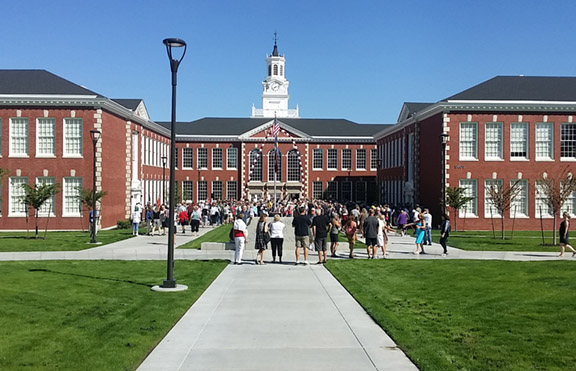 The campus and renovated building have been transformed by the hard work of many dedicated individuals in order to serve future generations. Along with Portland Public Schools and its faculty and students, we at Mayer/Reed share the overwhelming sentiments of pride and optimism for the learning, social and athletic opportunities now possible at Franklin High School. We are truly pleased to have served a significant role in the success of the project.
The campus and renovated building have been transformed by the hard work of many dedicated individuals in order to serve future generations. Along with Portland Public Schools and its faculty and students, we at Mayer/Reed share the overwhelming sentiments of pride and optimism for the learning, social and athletic opportunities now possible at Franklin High School. We are truly pleased to have served a significant role in the success of the project.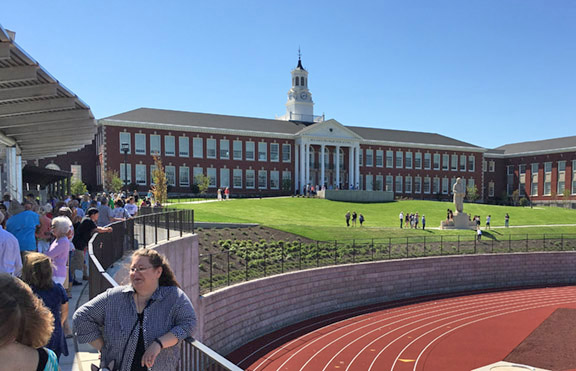
Capture Summer: Beyond Opening Day
Summer is here and sunny days are in the forecast. As you head out to enjoy the weather, capture your experience of a favorite place that Mayer/Reed had a hand in shaping. We’re inspired by the moments of joy, beauty and reflection that have been submitted to our Beyond Opening Day call for entries.
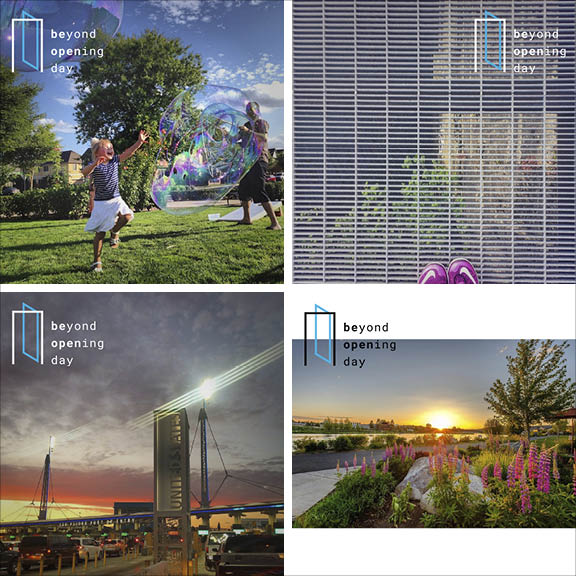
Send us photos of your summer bliss. Whether it’s bubble play at Sofia Park in Wilsonville, a morning jog along the Eastbank Esplanade in Portland, a sunset in the Old Mill District in Bend, returning home from Mexico at the San Ysidro border crossing or an experience at any other Mayer/Reed project, tag your Instagram posts with #mayerreedphoto or send photos to callforentries@mayerreed.com to enter the call for entries for our photography exhibition. Submit your images by July 31st!
Diverse Cultures Come Together for a Park Vision
Planning a new park at SE 150th and Division posed a big challenge: How do we meaningfully engage a culturally diverse community in a park planning process? Among the people who call Centennial neighborhood home, some have lived through annexation by the City of Portland, some have moved east from the central city, some are first generation immigrants, some are second generation, and some are recently resettled refugees. English, Spanish, Russian, Nepali and Somali are all spoken here. Knowing that a 7.3-acre site cannot address every need in this park-deficient neighborhood, how do we as designers prioritize activities and create a shared park vision?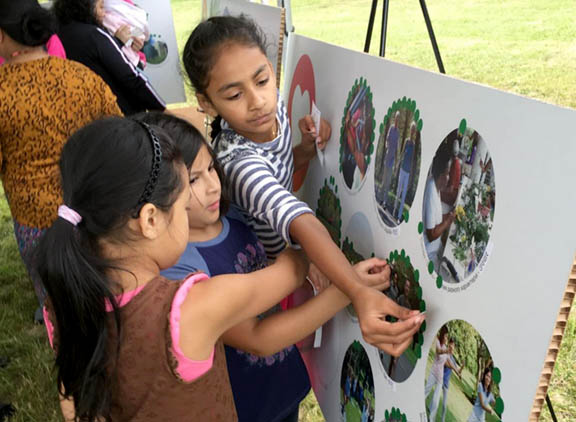 In collaboration with Portland Parks & Recreation (PP&R), Mayer/Reed developed a creative and inclusive approach to meaningfully engage the community. Graphics that communicate ideas without language are an essential part of our outreach. Community liaisons help neighbors from different cultural backgrounds feel comfortable with the public process. And food and child care boost attendance at public meetings.
In collaboration with Portland Parks & Recreation (PP&R), Mayer/Reed developed a creative and inclusive approach to meaningfully engage the community. Graphics that communicate ideas without language are an essential part of our outreach. Community liaisons help neighbors from different cultural backgrounds feel comfortable with the public process. And food and child care boost attendance at public meetings.
Last July, PP&R held a “Party in the Park,” where nearly 100 neighbors cooked and ate together, played games and participated in planning exercises on the future park site. We engaged attendees with colorful image boards depicting a variety of park activities and a site model where people flagged possible locations for activities. Community gardens, group gathering spaces and sports emerged as common themes.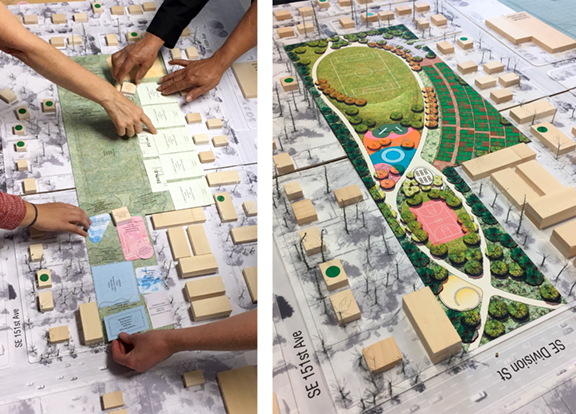 A followup community event in October invited participants to arrange and prioritize scaled templates of amenities such as sports fields, playgrounds and gardens on a site model. A separate art activity encouraged young and old to depict their ideal park experiences, which we then composed into a colorful “tapestry” to represent the shared vision.
A followup community event in October invited participants to arrange and prioritize scaled templates of amenities such as sports fields, playgrounds and gardens on a site model. A separate art activity encouraged young and old to depict their ideal park experiences, which we then composed into a colorful “tapestry” to represent the shared vision. Inspired by this exchange of ideas with the community, Mayer/Reed created two design options for the park which we presented at a community meeting in April. Consensus was reached for some elements, while others (like a dog park) continued to generate fruitful discussion. Building on this critical input, we’re now finalizing a single park concept. This process has demonstrated that comprehensive outreach and participatory design activities (despite language barriers) can bring many different people together to shape a space that is destined to become a social hub of activity for the neighborhood.
Inspired by this exchange of ideas with the community, Mayer/Reed created two design options for the park which we presented at a community meeting in April. Consensus was reached for some elements, while others (like a dog park) continued to generate fruitful discussion. Building on this critical input, we’re now finalizing a single park concept. This process has demonstrated that comprehensive outreach and participatory design activities (despite language barriers) can bring many different people together to shape a space that is destined to become a social hub of activity for the neighborhood.
Call for Entries: “Beyond Opening Day”
A Photographic Exhibition

When does a project become a place? Once design and construction are complete, we as designers step back and watch as each space takes on a life of its own. How do you experience these places?
This is the story we will explore in a photographic exhibition revealing users’ perspectives of Mayer/Reed-designed places. Submit photographs now through July 31 via email or Instagram. Please see complete details about the call for entries here.
